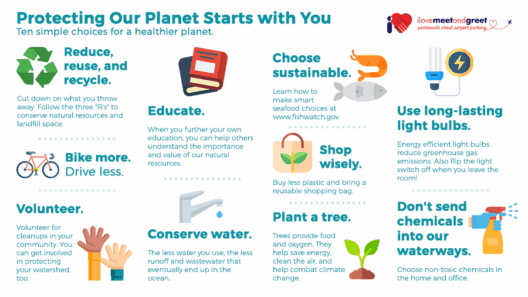In an era characterized by rapid technological advancement and vivid awareness of environmental issues, companies find themselves at a crossroads: how can they conserve energy while simultaneously bolstering their efficiency? This question not only invites introspection but dares businesses to consider the paradox of reducing energy consumption while enhancing productivity. How can they balance these competing interests without sacrificing their bottom line? This discussion elucidates various strategies for energy conservation that can also yield significant efficiency gains.
Understanding Energy Consumption
To tackle energy conservation, it is crucial to first comprehend the intricacies of energy consumption within a corporate environment. Recognizing the sectors that contribute most significantly to energy use is a vital step. For instance, lighting, heating, cooling, and equipment operation typically account for a substantial portion of total energy expenditure. By dissecting these categories, companies can identify key areas ripe for intervention. Wouldn’t it be exhilarating to think about an intelligent office space that adjusts its energy needs based on occupancy levels? Yes, this is entirely feasible with the right technologies!
Embracing Smart Technologies
In the quest for energy efficiency, the integration of smart technologies plays an indispensable role. The Internet of Things (IoT) facilitates the deployment of interconnected devices that can monitor and manage energy usage seamlessly. For example, smart thermostats can be programmed to optimize heating and cooling based on real-time occupancy data, consuming less energy. Furthermore, employing energy management systems can significantly streamline operations by identifying inefficiencies and automating systems in response to their findings. Could this not be viewed as an invitation to redefine workplace functionality?
Renewable Energy Sources
Transitioning to renewable energy sources is not merely an ethical endeavor; it can also drastically curtail operational costs in the long run. Solar panels and wind turbines present viable pathways for companies to generate their own electricity, leading to decreased reliance on fossil fuels. Moreover, governmental incentives and rebates frequently accompany the installation of renewable energy systems, rendering such initiatives financially attractive. One must ponder: could installing solar panels also convert your roof into an invisible asset?
Energy Audits: A Necessary Step
Implementing an energy audit is paramount for any company aspiring to elevate its efficiency. An audit provides a comprehensive assessment of energy usage, offering insights into areas requiring enhancement. Various methodologies, such as infrared thermography and sub-metering, can discern energy waste and highlight potential savings. While the initial investment may appear daunting, the return on investment often justifies the expenditure. Indeed, could there be a more opportune moment to turn an eye to sustainability than now?
Employee Engagement in Energy Conservation
Fostering a culture of energy consciousness among employees can dramatically amplify conservation efforts. Equipping staff with knowledge about energy-efficient practices and encouraging participation can yield noticeable results. Simple initiatives like turning off lights when not in use, utilizing natural light, or promoting the use of energy-efficient appliances can cultivate an environment of collective responsibility. While it may sound whimsical, consider organizing a “green challenge” where employees compete to identify and implement the most effective energy-saving strategies.
Implementing Energy-Efficient Systems
Investing in energy-efficient systems and appliances is vital for long-term sustainability. From LED lighting solutions to high-efficiency HVAC units, the market offers a plethora of options designed to reduce energy consumption. By replacing outdated equipment with modern, energy-efficient alternatives, companies not only reduce energy costs but also reinforce their commitment to sustainability. On reflection, why settle for less when the horizon is filled with innovative solutions waiting to be adopted?
Optimizing Facility Design
Facility design plays a crucial role in energy efficiency. Thoughtful architectural strategies can make significant strides toward conserving energy. Daylighting—exploiting natural light through windows and skylights—can minimize reliance on artificial lighting. Additionally, orienting buildings to maximize heat from the sun in winter and minimize it in summer is an often-overlooked design principle. Could the very structure of your office be transformed into a fortress of energy efficiency?
Cultivating Supplier Relationships
Vetting suppliers based on their energy practices can leverage sustainability across the supply chain. Companies can partner with vendors committed to eco-friendly practices, ultimately leading to a more sustainable procurement process. Encourage suppliers to adopt energy-efficient operations, and consider their carbon footprint when making purchasing decisions. This holistic approach fosters a shared commitment to energy conservation and may propel the entire industry towards a greener future. Isn’t it time to think beyond individual practices and embrace communal responsibility?
Conclusion
In summary, companies possess a multitude of strategies at their disposal to conserve energy while concurrently enhancing efficiency. From embracing innovative technologies to engaging employees in sustainable practices, the landscape is rich with possibilities. Each initiative, however small it may seem, contributes to a larger narrative of environmental stewardship that resonates well beyond the corporate walls. So, as we ponder the challenge of balancing energy conservation with efficiency gains, let us inspire each other to transform our workplaces into models of sustainability—because the future of our planet is at stake.






